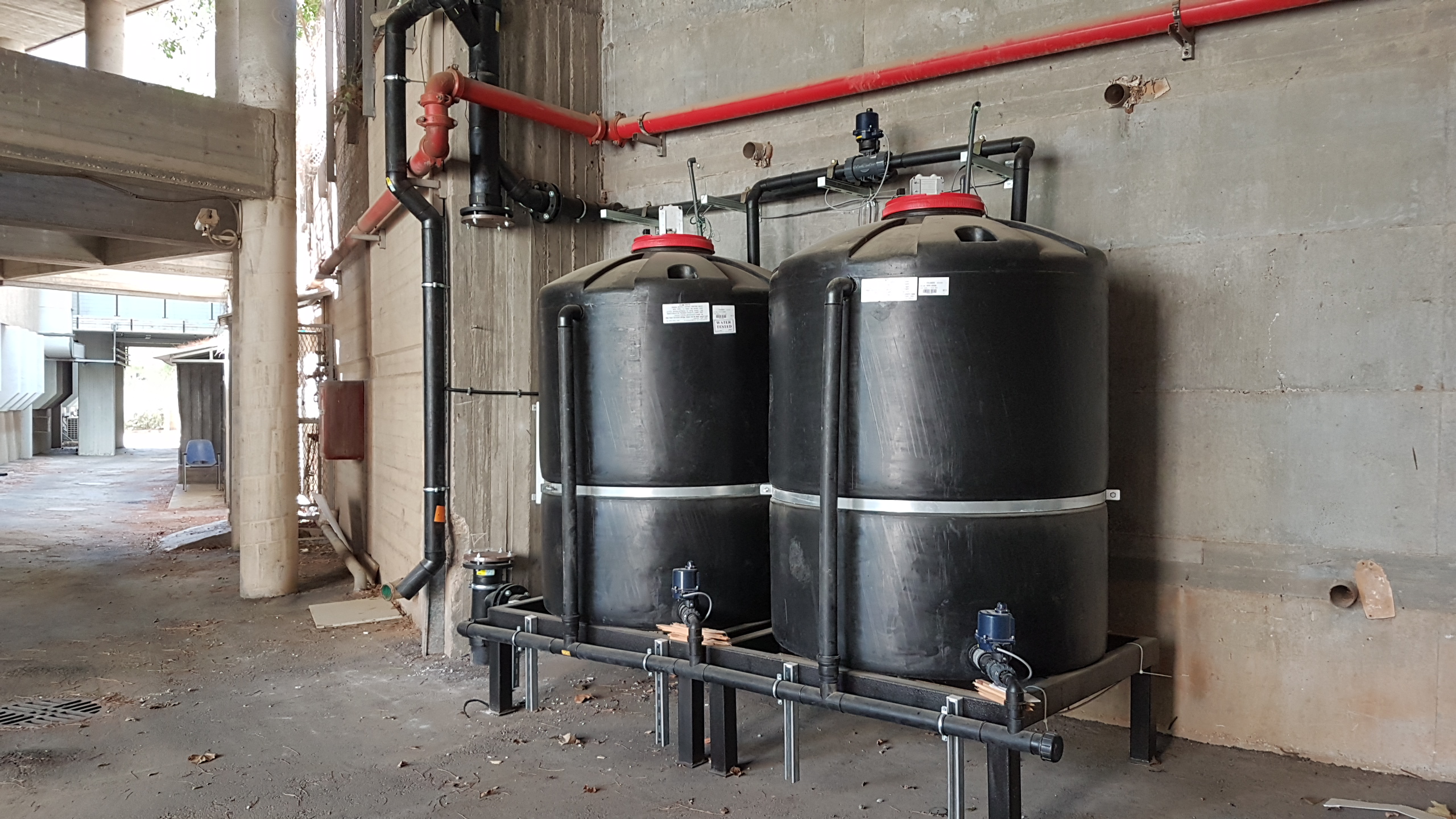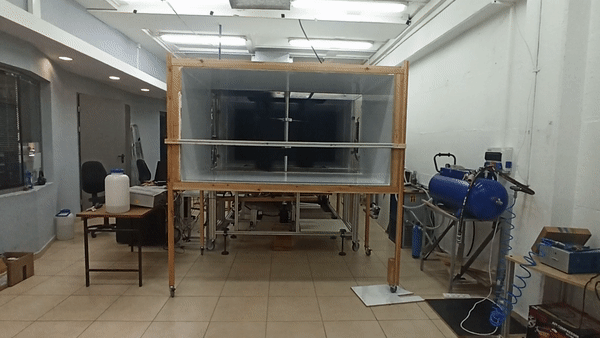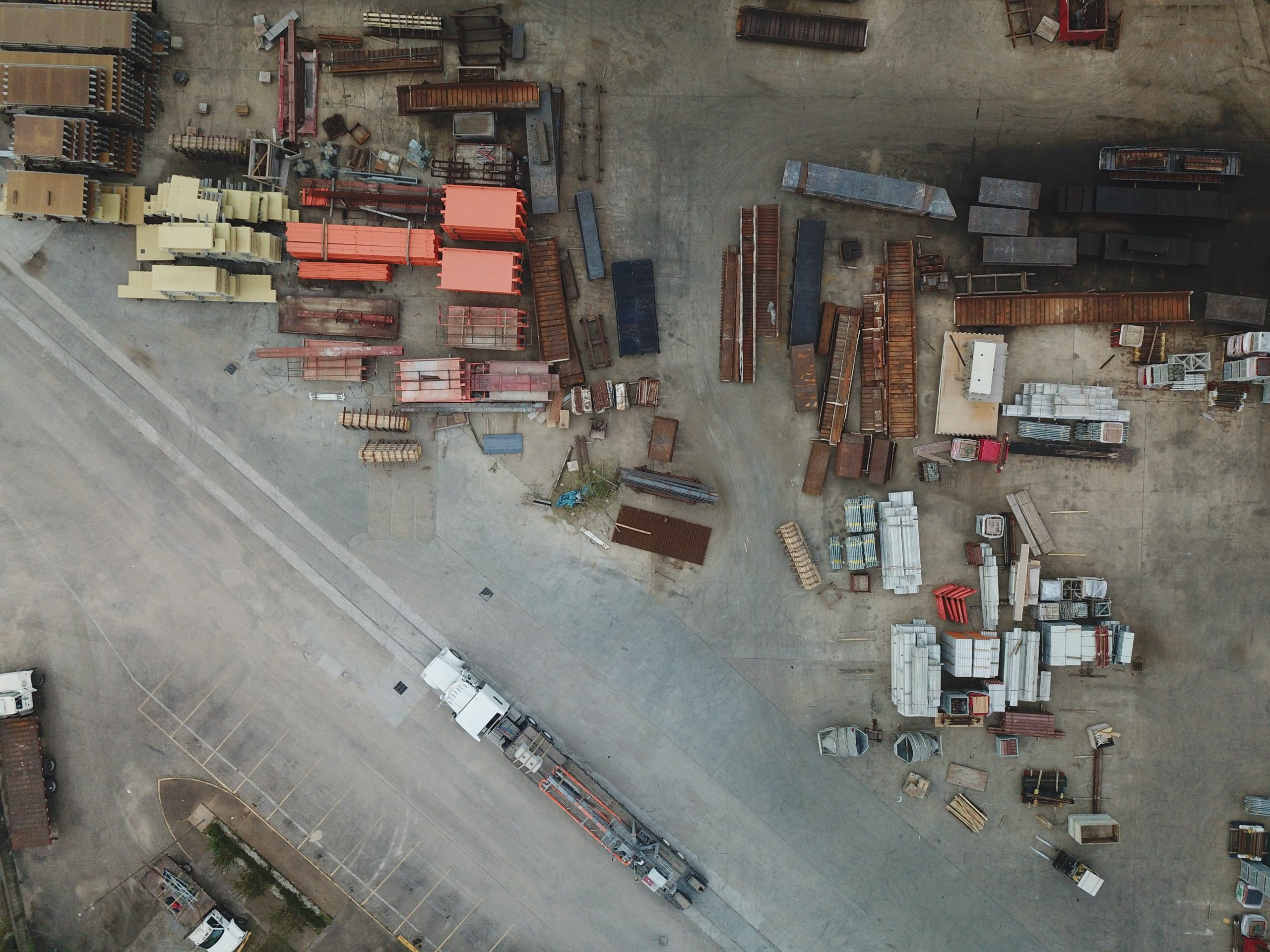Should we make the desert bloom?
September 20, 2017Is the desert “nothingness that needs to be conquered" or a unique environment we should protect? The long ecological history of the Negev might hold the key to the answer
What is a desert? Oxford dictionary defines it as (1) A waterless, desolate area of land with little or no vegetation, typically one covered with sand. (2) A situation or place considered dull and uninteresting.
Scientifically we define the desert as an environment shaped by limited rainfall (annual average of less than 200 mm); dull and boring are subjective culturally driven outlooks.
Two-thirds of Israel is a desert, in which David Ben-Gurion saw great potential for Israel’s future. In his later years, he set an example and moved to the Negev himself and is famously known for saying “we will make the desert bloom.” To be accurate, however, he did not use the Hebrew word for “desert” but rather said shmama – an unfertile, barren or desolate place.
In an era of drying swamps and settling the land, conquering the desert and making it green was part of the mainstream ideology. This ideology and that relationship with nature are now faced with new concepts of nature perception, preservation and protection; but do those necessarily have to be in conflict? Growing up in Sde Boker, one of the places most associated with Ben Gurion, I often wondered, should we really make the desert bloom?
A natural or manmade desert?
The Negev and Arava were home to many communities over thousands of years: some in permanent dwellings, as is evident from archeological sites, and some nomadic or semi-nomadic, like the Bedouins.
These communities did not have access to a national water conduit, as we do today; they had to survive on locally available water. Evidence of their elaborate water collection systems is found all over the Negev, and remnants of the terraces they built for agricultural use still decorate many of the dry river beds. They took advantage of every drop of water they could. But the question is often raised: has it always been a desert as we know it today?
The geological evidence clearly indicates that the Negev and Arava have been deserts for the past few million years. Furthermore, to evaluate the aridity of a region, ecologists examine the vegetation coverage to assess what the local rainfall amounts can or cannot support. Could they sustain trees? And could those survive on the hillslopes or only in low areas and crevices where water accumulates? These might sound like minute questions, but they are vital to understating what the natural growth potential of the area is, and how it would change in response to increased water availability, whether natural or not.
There is archeological evidence that suggests there might have been more trees in the arid regions of the Negev that were likely cut down and used by earlier desert dwellers. This evidence suggests that at least in part, the Negev could be a manmade desert. Dr. Elaine Solowey, Director of the Center for Sustainable Agriculture at the Arava Institute for Environmental Studies, claims that the desert is a result of historic manipulation of the natural water flow into water collection systems and cutting down of trees. Cutting the trees results in topsoil loss; once the soil is washed, Solowey explains, it is very difficult for vegetation to naturally reestablish. Native trees that would be planted anywhere there is sufficient rainfall to sustain them would restore the landscape to its natural state, she says.
To test this, researchers planted trees on hillslopes in experimental plots in the Negev in the 1980s, says Dr. Noa Avriel-Avni, from the Arava and Dead Sea Science Center. Trees survived, she says, but remained very small, and they are not thriving. Trees were also planted by the JNF in the northern Negev, but those survived and grew due to manipulation of the soil topography to collect the rainwater. Both the experiments and the planted JNF forests indicate that trees cannot naturally grow and thrive in our desert. The trees we do see thriving today in the Negev, says Avriel-Avni, are limited to the sides of the wadis (dry river beds) where water and soil accumulate and they are protected from the strong currents of flash floods.
An unintended ecological experiment
Today, we manipulate the natural water balance by bringing water from the north and using groundwater. These waters have enabled us to build and sustain large cities and to have large-scale agriculture in the desert. This development of the desert creates parks and roadside rest areas that are essentially green islands and corridors that connect the dry south with the wetter north.
This unintended ecological experiment over the last few decades allows us to examine what happens to the desert when we make it bloom. Dr. Elli Groner, scientific director of the Dead Sea and Arava Science Center, explains that an increased variety of Mediterranean biota is observed as far south as Mitzpe Ramon, where the desert turns from arid to hyper-arid. The increase in species from the north is accompanied by a decline in native desert species. Desert species, Groner explains, evolved to survive the dry climate, while Mediterranean biota evolved to survive competition with other species. This means that with enough water, the Mediterranean plants and animals will always outcompete the desert ones, and this is what we observe.
These manmade green corridors have resulted in the encroaching of Mediterranean species southwards at the expense of the native desert biota. If you come looking for the sand fox or cliff fox, in some areas today you might only find jackals, and instead of the Brown Necked desert raven, you might only find the Gray one from the north. Planting more trees, and making the desert green will accelerate this process, and could result in the rapid disappearance of endemic desert plants and animals.
So should we make the desert bloom?
The Negev remains an important asset for Israel’s development, and whether for ideology or practicality – such as the growing population, limited land, high cost of living in the center and the relocation of military camps – more and more people are migrating south. We are fulfilling Ben-Gurion’s vision; the desert is alive and is home to thriving and growing communities. But the spirits of time have changed, and perhaps we can ask ourselves if we need to conquer the “nothingness,” or whether we can also fulfill the vision of making the desert bloom by accepting, protecting and embracing the desert as it is.
This ZAVIT article was also published in the Jerusalem Post on 16/2/2017







